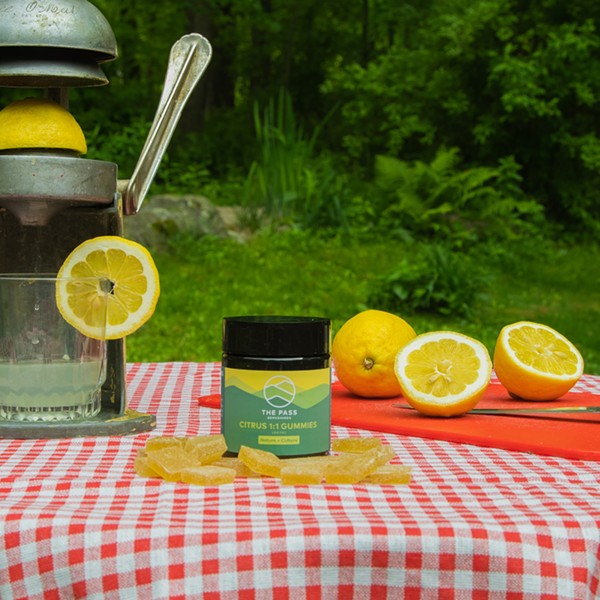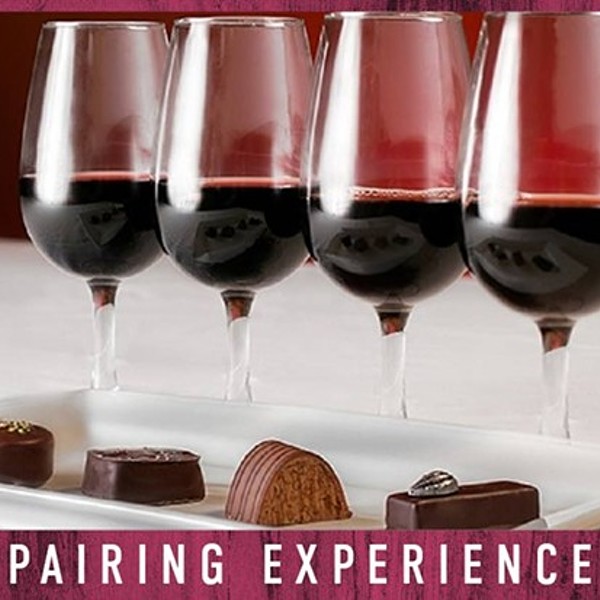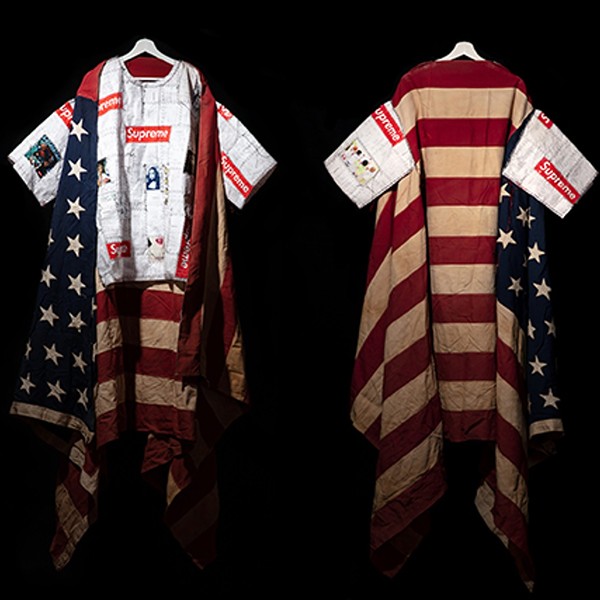Most of us have heard of the term molecular gastronomy. Maybe we’ve seen examples on TV, or noticed that trademark tropes like foam have oozed down to adorn dishes in even midmarket restaurants. Perhaps we heard somewhere that El Bulli, Ferran Adrià’s temple of haute-tech cuisine north of Barcelona, is the hardest reservation in the world to get, with two million requests for 8,000 places per year. Given the hype, a home cook—even a serious, experienced one—likely thinks that these methods are the exclusive territory of a few high-end professionals who alone possess the arcane knowledge, specialized (and expensive) gadgetry, and legions of sous-chefs required to make the magic happen.
It’s not true.
The various compounds required are now easily available online, and many techniques use only tools found in a normal kitchen. And while it can be easy to dismiss these techniques as just so much fancy frivolity, the transformative potential of these materials offers the chance to play with food in a very real sense, allowing for boundless experimentation and fun—plus amazed and delighted guests, which, for those who like to entertain, is a not-insignificant bonus. In addition, people with dietary restrictions (e.g., vegans, gluten-free) can benefit immensely, enjoying dishes that normally require eggs, dairy, or gluten to hold them together.
Linda Anctil is a private chef in the Western Connecticut town of Thomaston who also writes an excellent blog (www.playingwithfireandwater.com) that documents her elegant and unique culinary improvisations. She first heard about this kind of cooking in a 2003 New York Times magazine profile of Ferran Adria, now revered as the seminal genius of nueva cocina—food both scientifically advanced and poetically profound. “It took a while to wrap my head around it, and I did lots of research,” Anctil says. “The main thing these additives allow is a fundamental shift in focus from flavor to texture”—which is not to say that flavor is less important; as always, it is paramount. But because the various modifying starches and proteins used have no taste, “we can take a pure flavor and keep it pure while physically transforming it completely.”
Pure Creativity
The possibilities are limitless. Vegan marshmallows? Oh, yes. Cauliflower curry panna cotta with a liquid mango chutney center? Easy. A clear Bloody Mary? No problem. And subtler uses are compelling too: sauces and purées that don’t weep liquid all over the plate, vinaigrettes that stay emulsified, and light-as-air gnocchi that use no egg are all things we can easily imagine making and enjoying with molecular gastronomy. Essentially, what these techniques mean is that almost anything can become almost anything. Think about that for a minute. Virtually any food can become flour, or a gel, or pasta, or a foamy emulsion, or clear broth, or even ice cream. Rather than being intimidated, Anctil says, we can be liberated, and engage in pure creativity. “It allows us to treat food as art, and ask: ‘What can I do with this?’”
Greek Salad Parfait
Recently Anctil joined us in the kitchen of gallerist and ceramicist Elena Zang and Alan Hoffman to make a few dishes showcasing some basic techniques. First up was a Greek salad parfait: romaine lettuce, cherry tomatoes, yellow pepper, and cucumbers all juiced separately, seasoned with salt and an oregano-scented vinaigrette, and then thickened with different amounts of xanthan gum—a byproduct of fermentation commonly used in gluten-free baking—to give the liquids different densities, so they wouldn’t mix together in a glass when served. She topped each “salad” with a feta-yogurt foam made by blending the mixture with a little lecithin (a soy-derived emulsifier) and a crumbled cracker made from dried Kalamata olives mixed with tapioca maltodextrin, a modified starch which turns oils and fats into powders that can become crisp when baked or dehydrated. The finished dishes looked like Rastafarian smoothies and elicited wide-eyed, Wonka-worthy wonder as the layers and flavors combined in our mouths, coalescing almost holographically into the essence of Greek salad.
















